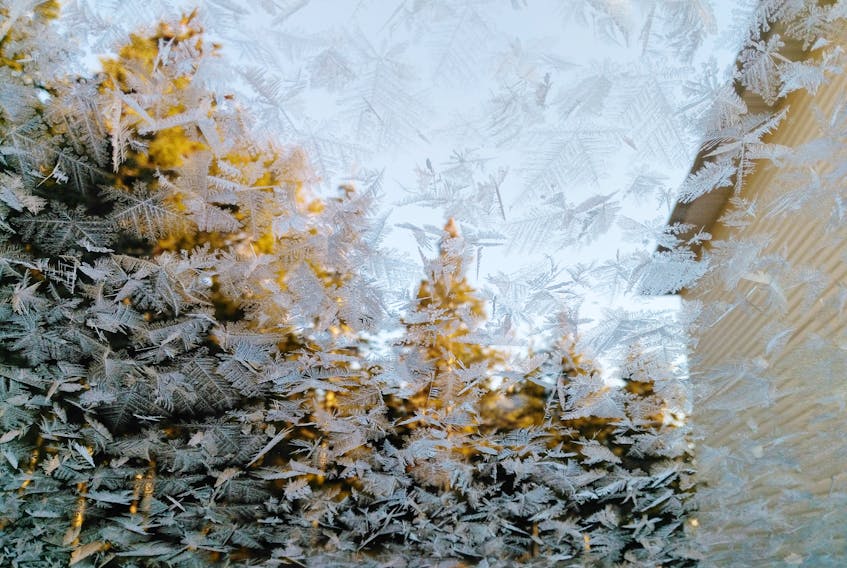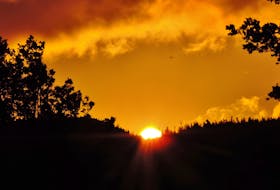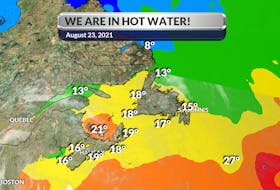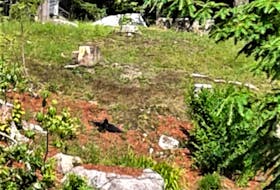I’m not shy about admitting that I love winter.
People often ask when I started to like winter. I can’t really answer that… I always have. It smells fresh, it’s fun and I think it’s prettier that summer. That last point is hard to argue when you see a photo like the one Neil Matheson took one day last week.
Here’s what he had to say about it: “I went out this morning before 9 to go to an appointment and saw this frost on my car. I’ve never seen this before on a car. I had the car washed in an auto car wash here in Hammonds Plains, N.S., last evening and they sprayed some kind of wax or coating on it as part of the wash.”
It’s frost alright, but there are many types of frost. In my opinion, the most beautiful one is fern frost and that’s what covered Mr. Matheson’s car. Fern frost, also called window frost or ice flowers, forms when a glass pane is exposed to cold air on the outside and warmer, moderately moist air on the inside. Car windows and paintwork are good heat conductors; they warm up quickly on a sunny day, but release that heat after sunset.
When the surface cools below the temperature of the air, water molecules from the air condense onto rough nuclei – scratches, pits, dust particles. Once a tiny ice crystal has formed it grows across the cold surface.
So how do we explain the elaborate patterns?
The ice crystals branch out across the surface and form intricate designs. The pretty patterns are the result of very tiny variations in the surface. Microscopic scratches, dust, dirt or wax can all cause the branching out of the crystals so you’re seeing the result of those ice crystals developing on the surface. Crystal growth is fastest at edges rather than on the large smooth planes. In essence, a perfectly smooth and clean window will likely have fewer patterns.
Another little masterpiece, compliments of Mother Nature!
- Want more weather information? Visit your weather page.
- Have a weather question, photo or drawing to share with Cindy Day? Email [email protected]
Cindy Day is the chief meteorologist for SaltWire Network









